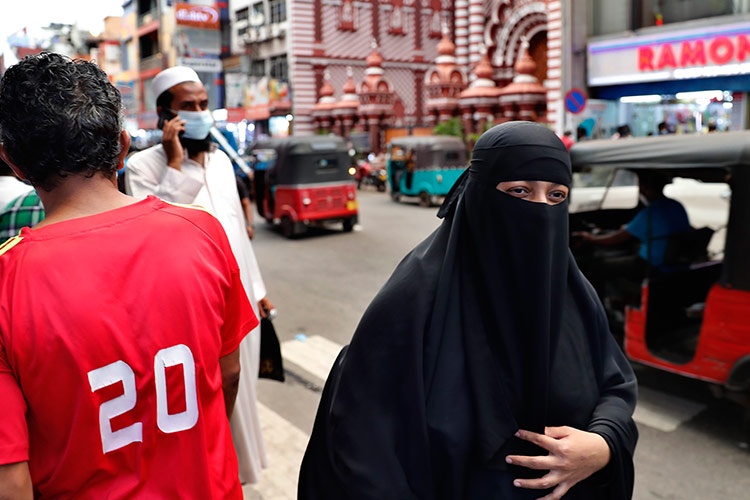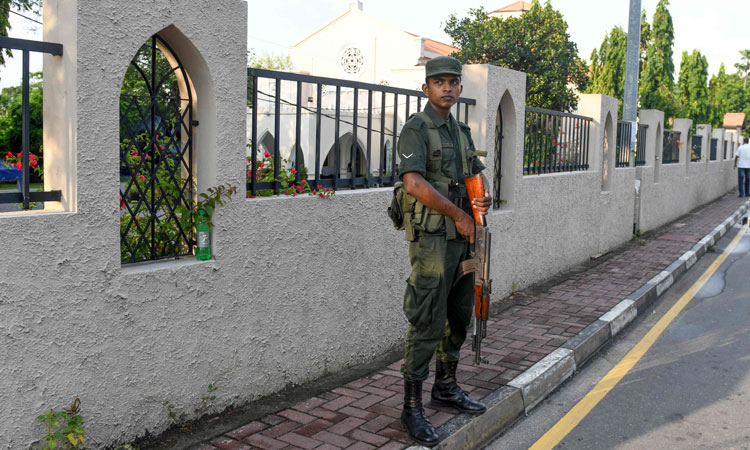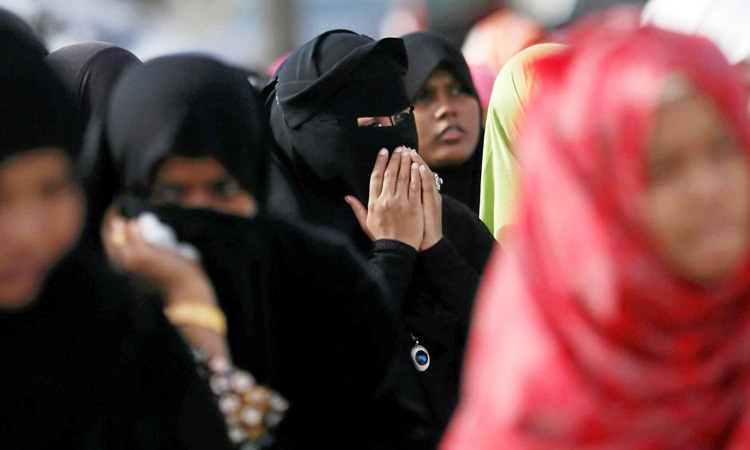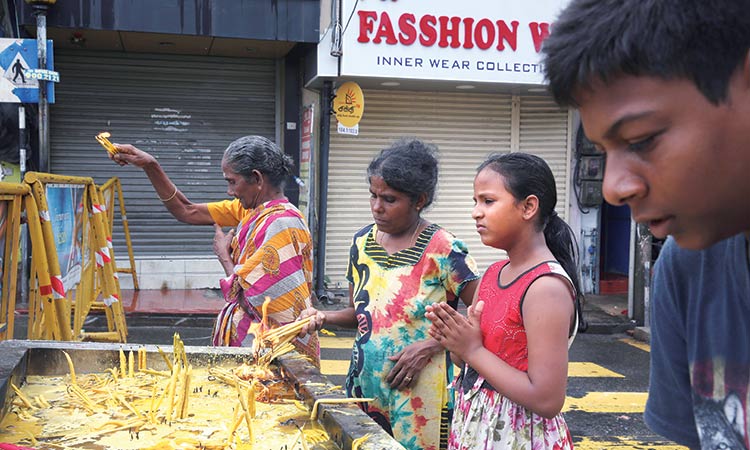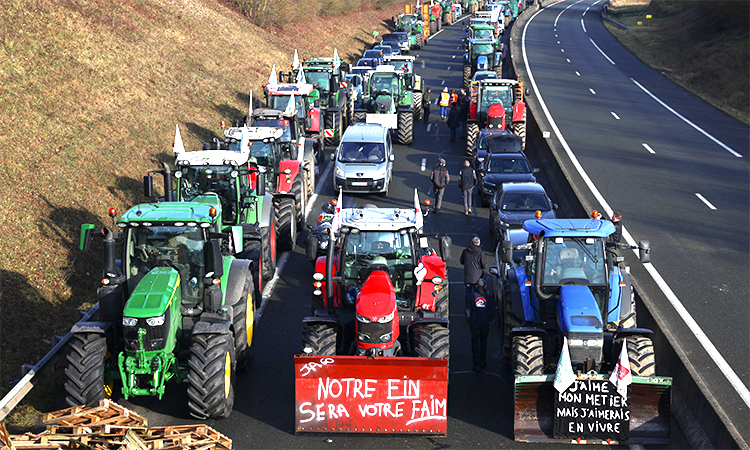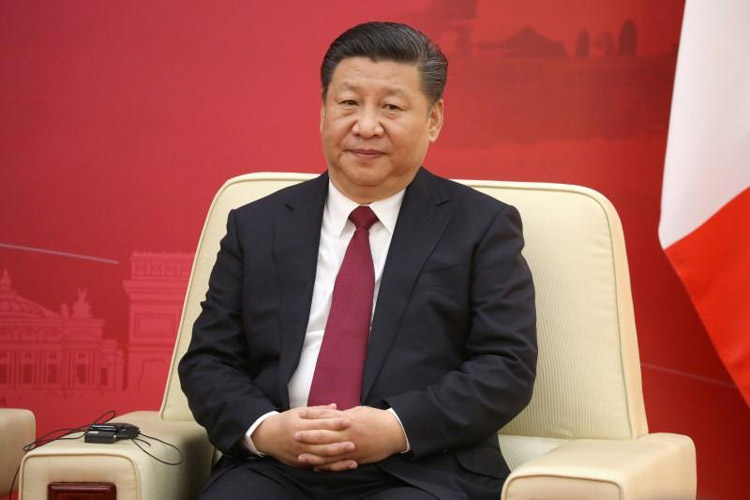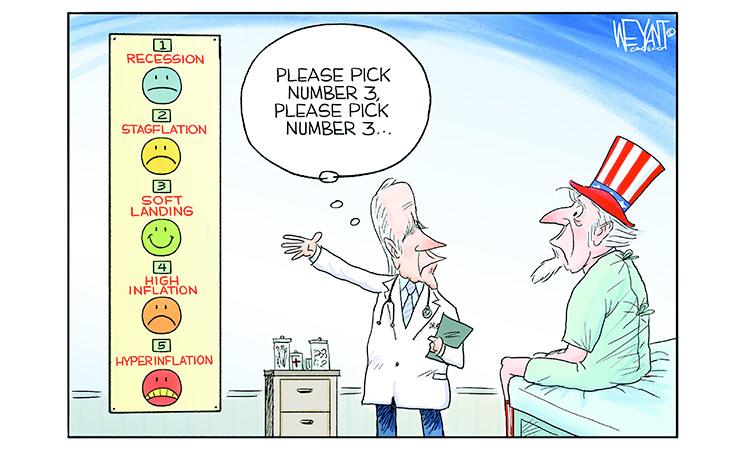Sri Lanka’s headscarf ban will only embolden racist vigilantes who harass Muslim women during attacks on the community
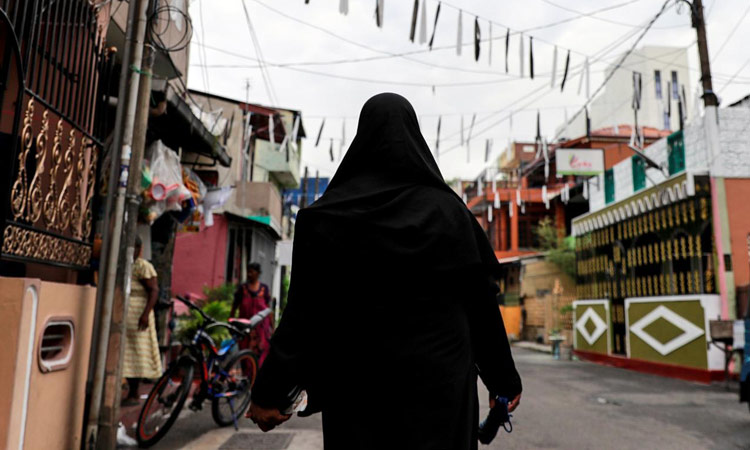
A veiled woman walks through a street in Colombo. File
Megara Tegal, The Independent
One week after the Easter Sunday attacks, Sri Lanka is still in turmoil. As law enforcement and security forces proceed with investigations, and searches throughout the island have uncovered more weapons, fear, confusion and misinformation are rife.
It wasn’t long before Islamophobes called for a burqa and niqab ban, and the government wasted no time in issuing a statement declaring a ban on “all face coverings” soon after, though their intended target is clearly the niqab and burqa worn by some Muslim women.
However, at the time of writing, there is no gazette under emergency regulation, therefore the ban is not legally in effect, though many in the public believe it is.
It is clear that the government is reacting to racist rhetoric, as there has been no evidence to suggest that the niqab or burqa was used by the suicide bombers. In fact, CCTV footage reveals that they were men dress in pants and shirt, carrying large backpacks.
In over two decades of war; Sri Lankan Muslim women who covered their faces always complied with security personnel at checkpoints, and revealed their faces for identification purposes. Removing the burqa/niqab for security purposes is not new to them or contested by the community. A blanket ban therefore is extreme and unwarranted.
This move will only embolden racist vigilantes who harass Muslim women during the frequent attacks on the Muslim community in post-war Sri Lanka. Incidents have occurred where the headscarves worn by some Muslim women are supposedly mistaken for the niqab or burqa by security persons and civilians, leading to some headscarf-wearing women being asked to remove the shawls or scarves during security checks.
A more hostile encounter can be seen in a video circulating on social media in which a civilian man aggressively demands a woman passerby to remove her niqab. Her voice shakes as she agrees to reveal her face if he stops video recording her.
One of the strangest things about this ban is the fact that the government chose to consult a controversial Muslim organisation in drafting legislation against the burqa and niqab. The All Ceylon Jamiyyathul Ulama (ACJU), one of many Muslim organisations in Sri Lanka, has no women in its leadership. In the past, the ACJU had released a fatwa declaring that Muslim women should conceal their faces in public.
The ACJU has also stood against Muslim women who have demanded reforms in Muslim personal law. Currently there is no stipulation of age of marriage in the Muslim Marriage and Divorce Act (MMDA) and girls as young as 14 years are sometimes given off in marriage. The law also does not require the consent of the women to be married. Given this background, what gives the ACJU the authority and expertise to represent women in the Muslim communities and dictate to Muslim women how they should or should not dress?
The Ministry of Justice is fully aware of well-established Muslim women’s groups that could have been consulted. These groups consist of Muslim women academics, theologians, and women’s rights lawyers all of whom are adequately capable on advising the issue and its detrimental impacts.
Muslim women who have covered their faces for over 20 years, are now afraid to leave their homes. They have not had time to adjust to the ban and they are not mentally prepared for it. For them, concealing their face in public is part of their practice as Muslims; it is part of their identity. Whether the niqab and burqa is a religious obligation or not, this callous call for an overnight ban has left Muslim women more vulnerable and afraid in an already difficult time for everyone in the county.
In all of this, the government has conveniently ignored the reality that it is women who are victimised by extremists and Islamophobes alike.
When Islamic extremism took root in Sri Lanka, the violence was first turned inwards towards Muslim women. Now that this violence has turned outwards, Muslim women are, yet again, the first to face the brunt of the backlash.
